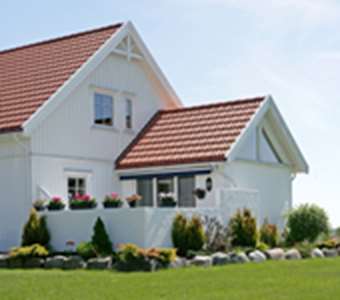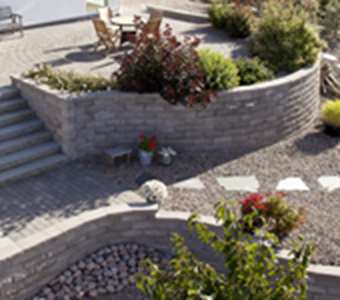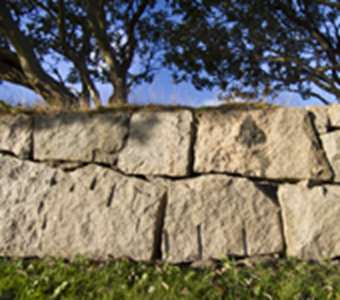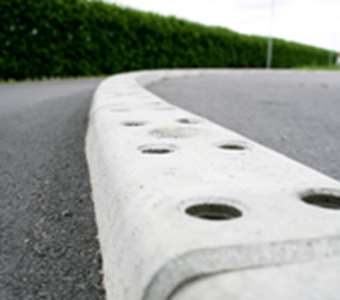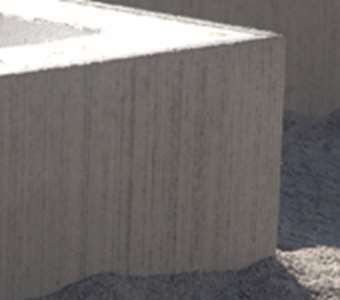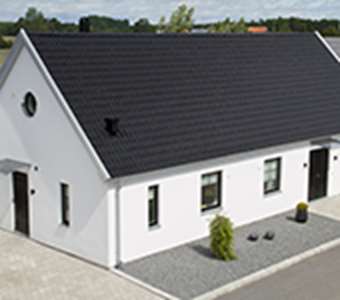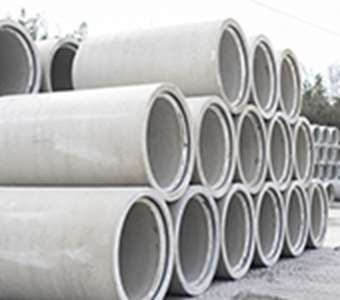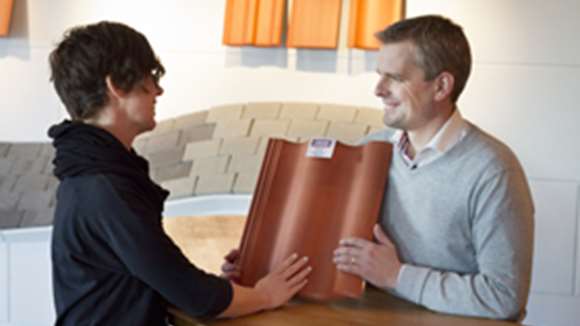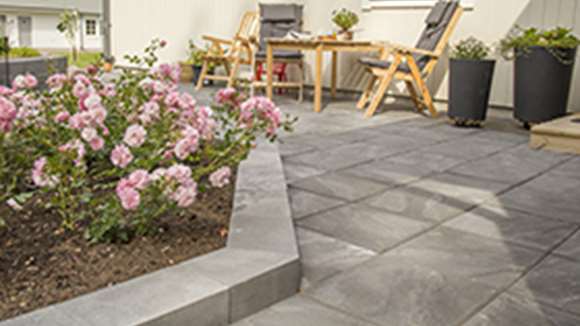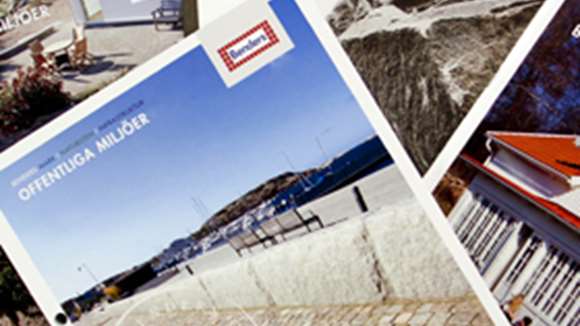EPS stands for expanded polystyrene, a rigid thermoplastic.EPS is manufactured in several steps. Small plastic beads (granulate) are expanded and foamed together into homogenous blocks. These are then cut into panels/sheets of an appropriate size.
Step 1 – Pre-expansion
The granulate is fed into a pre-expander. Here, hot steam is stirred into the mix in a continuous process that causes the pentane in the granulate to expand. Governed by the granulate and the desired EPS grade, the beads are allowed to reach 3 – 6 mm in size.
This part of the process determines the final compressive strength of the cellular plastic panels/sheets.Said strength is largely determined by the density.When they have reached the desired size, the beads are transported (using fans) into an adjacent storage silo for temporary holding.
Step 2 – Block moulding
After being held for 1 – 3 days, the beads are blown into a vertical block mould that stands a little over six metres high.Because the mould is filled to the top, quantity/density cannot be adjusted in this step.When the mould is full, steam is forced in through narrow gaps around the entire mould. The beads expand further until the block is completely homogenous.
Heat, pressure and humidity together cause the now faceted beads to bind tightly to each other.After several minutes of cooling, the block can be removed from the mould, checked, marked and lined up (e.g. using a forklift) for another period of temporary holding.The whole procedure takes around five minutes.
Step 3 – Cutting
After a block has been standing for a few days, a forklift places it on a conveyor. Here, it is automatically laid on its side and fed to the cutting line, where it is cut to size.A number of hot wires are used for cutting. They are set to give the desired thickness, width and length of panel/sheet.Tops, bottoms and sides of the panels/sheets are all cut cleanly at the same time.In the next step, the panels/sheets are cut to the correct length.The net dimensions of a clean cut block are 6,000 x 1,200 x 1,000 mm.
Panels/sheets are then made up into the desired packets. These are wrapped in plastic or simply bundled on pallets.In the winter, pallets are often covered to avoid the panels/sheets freezing to each other.














